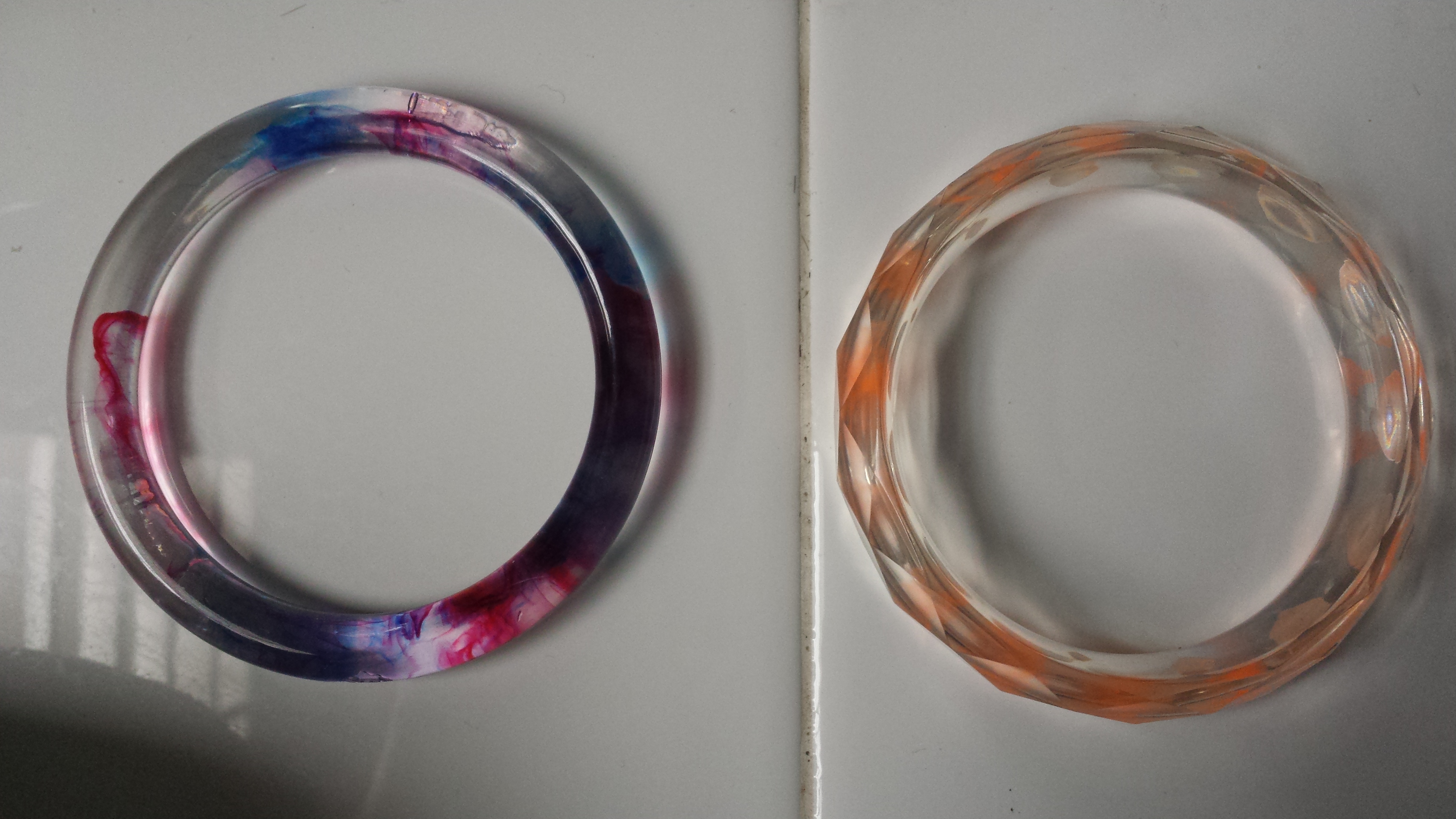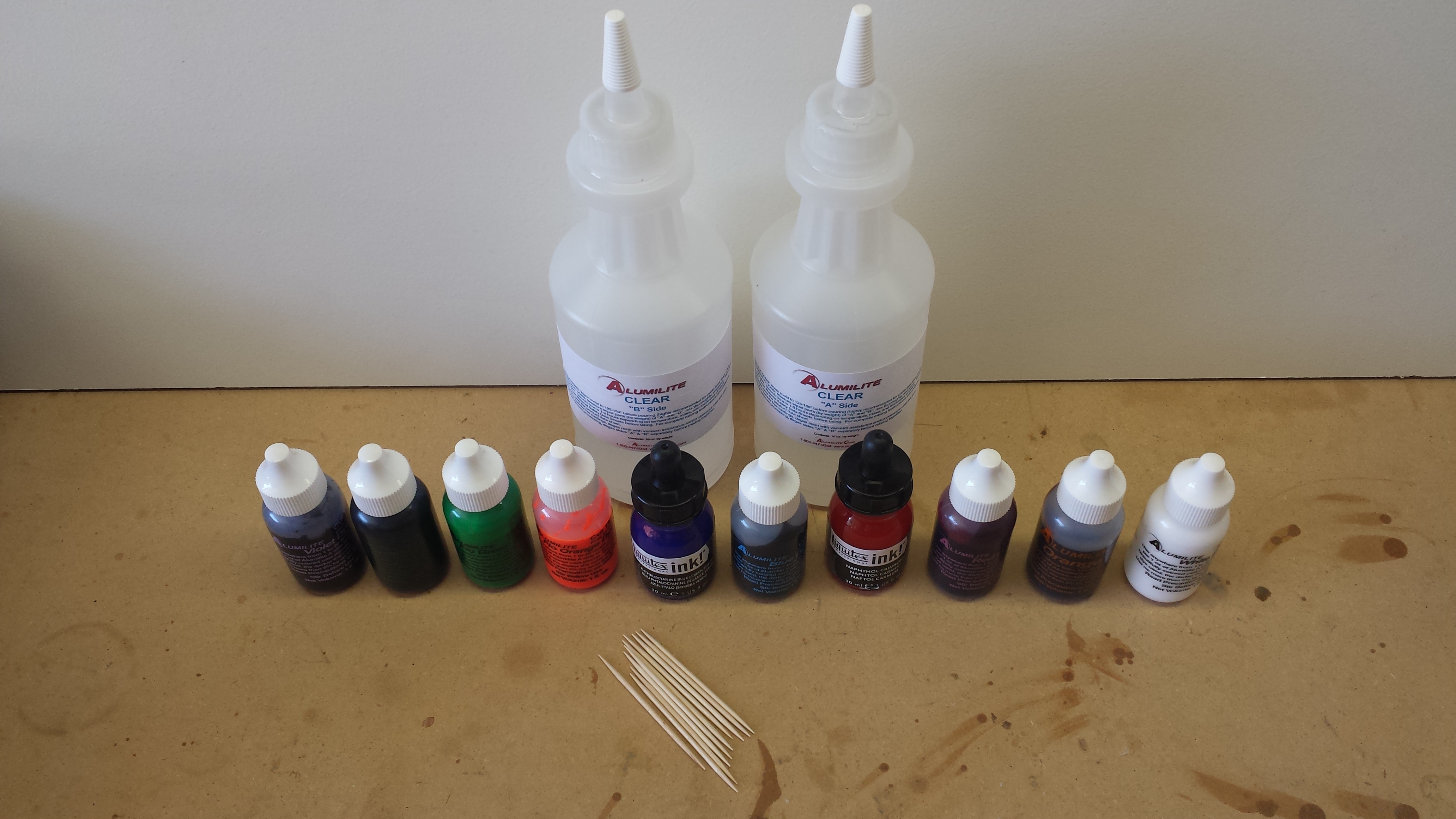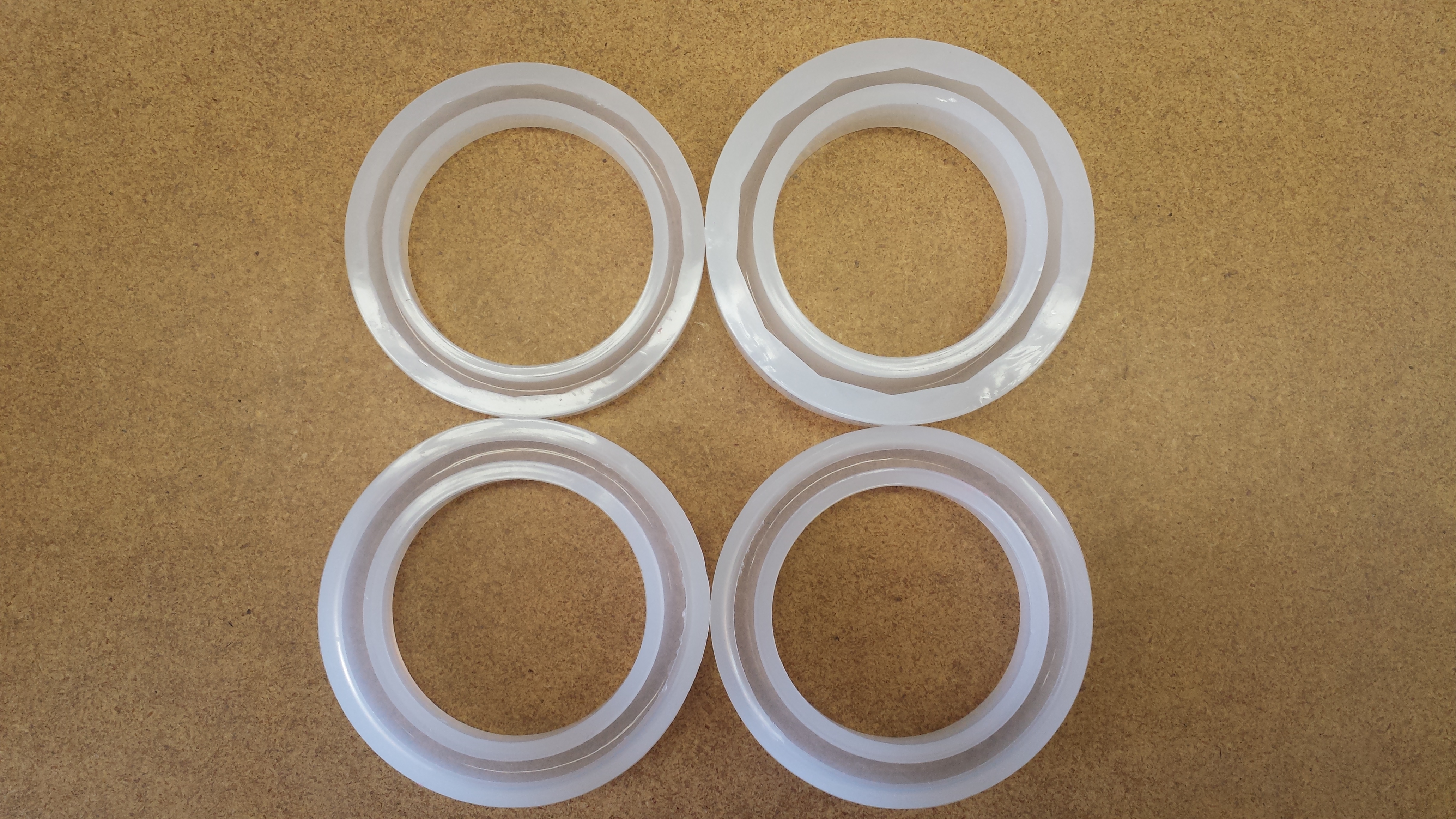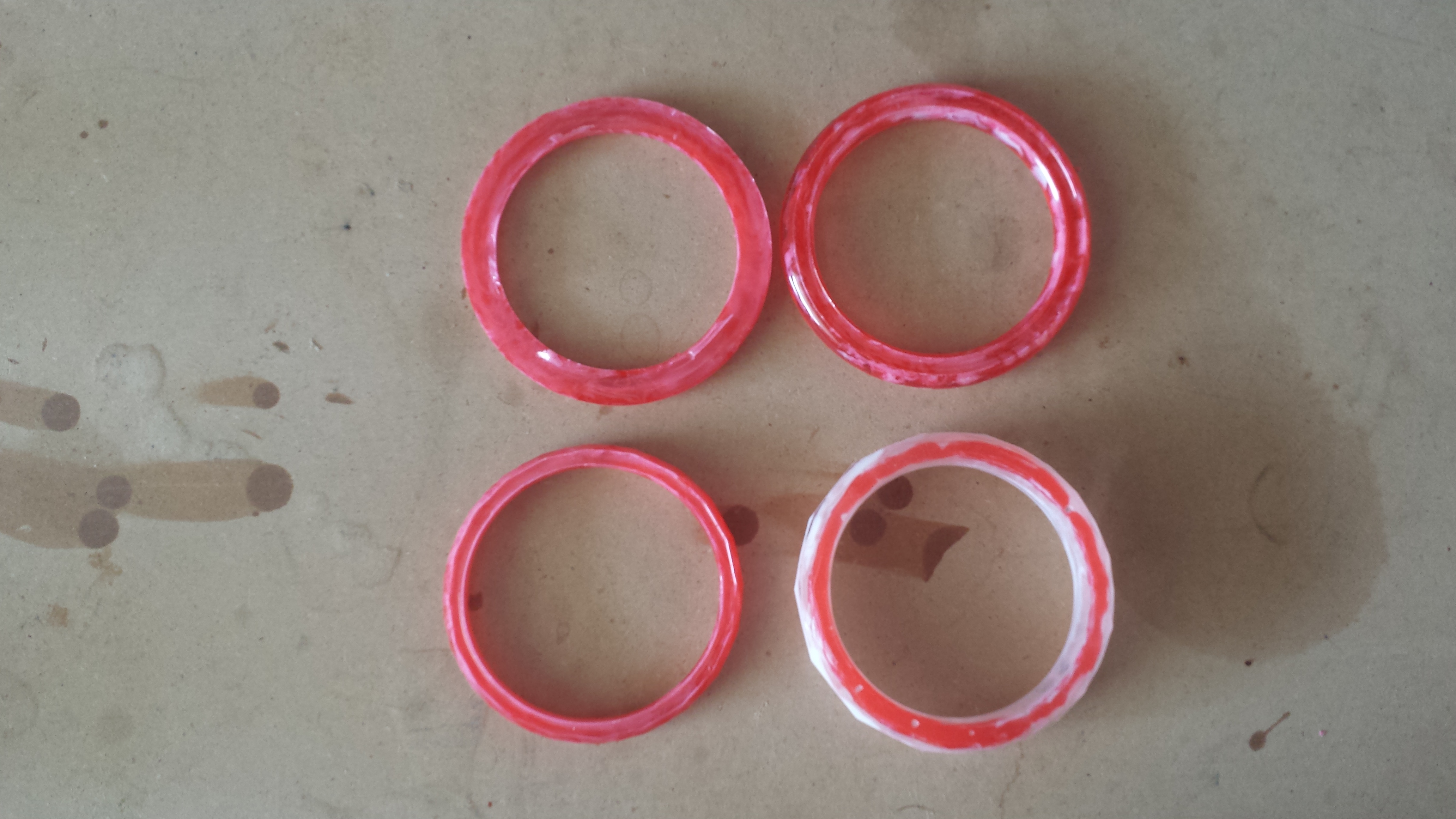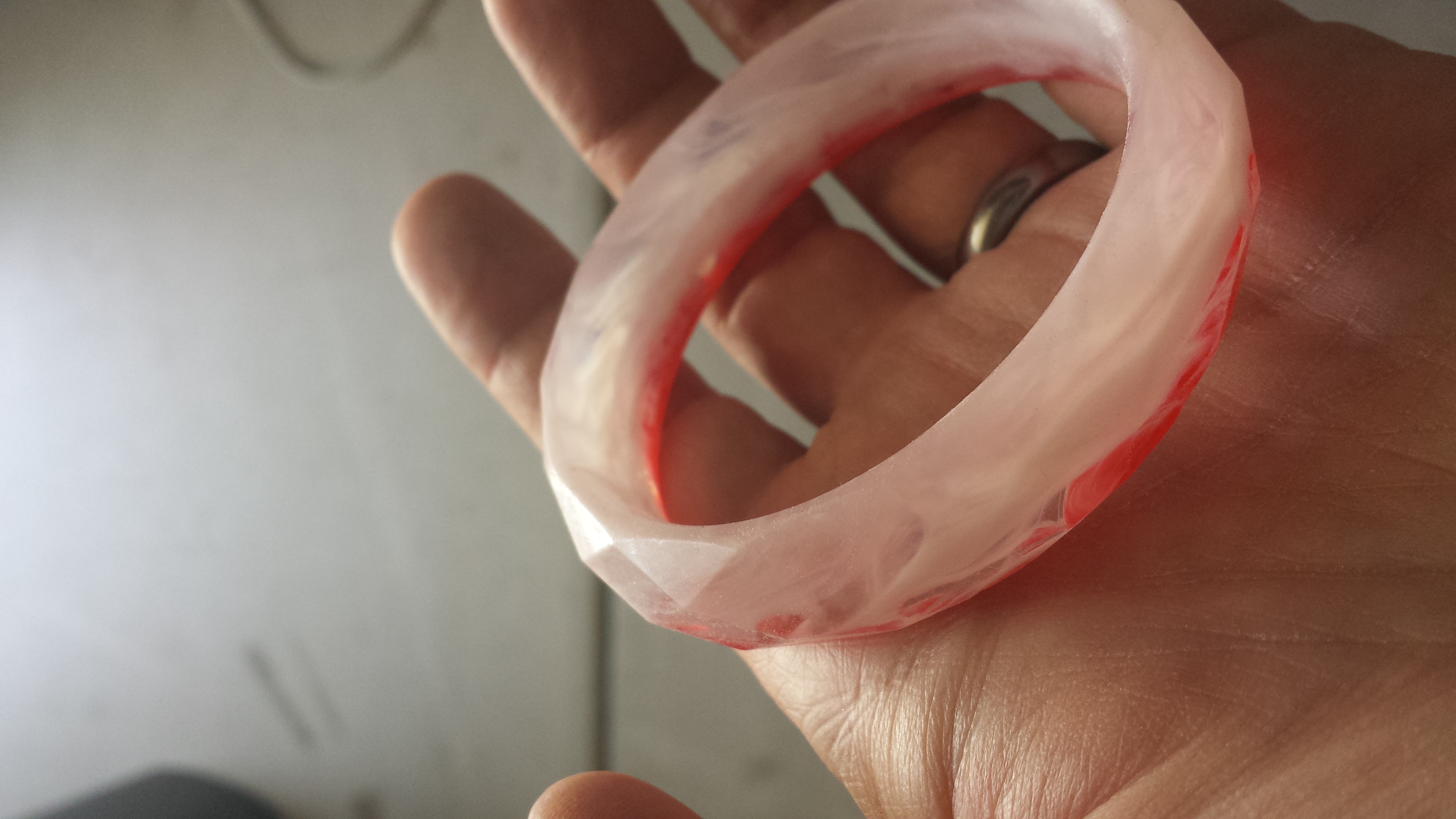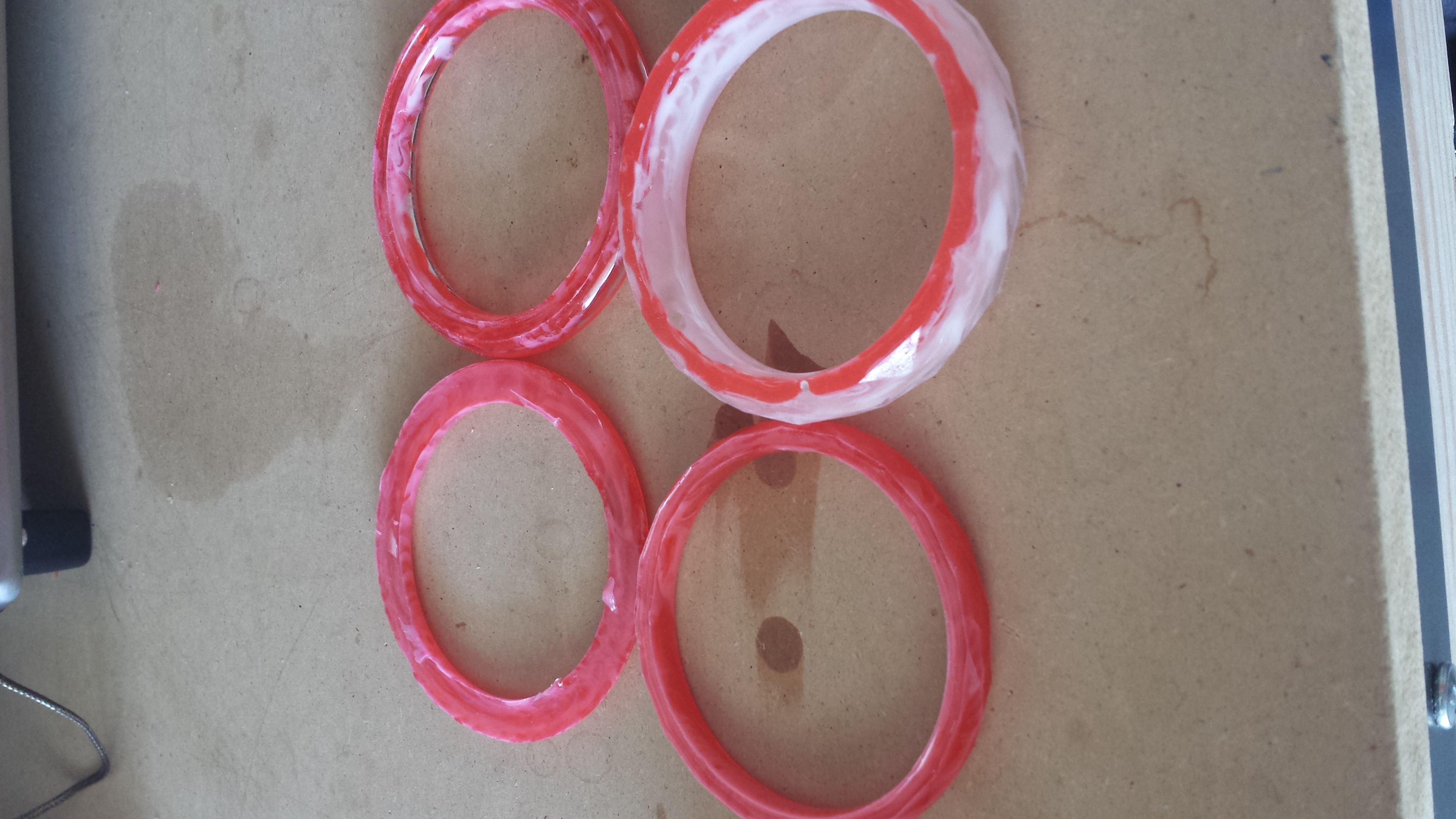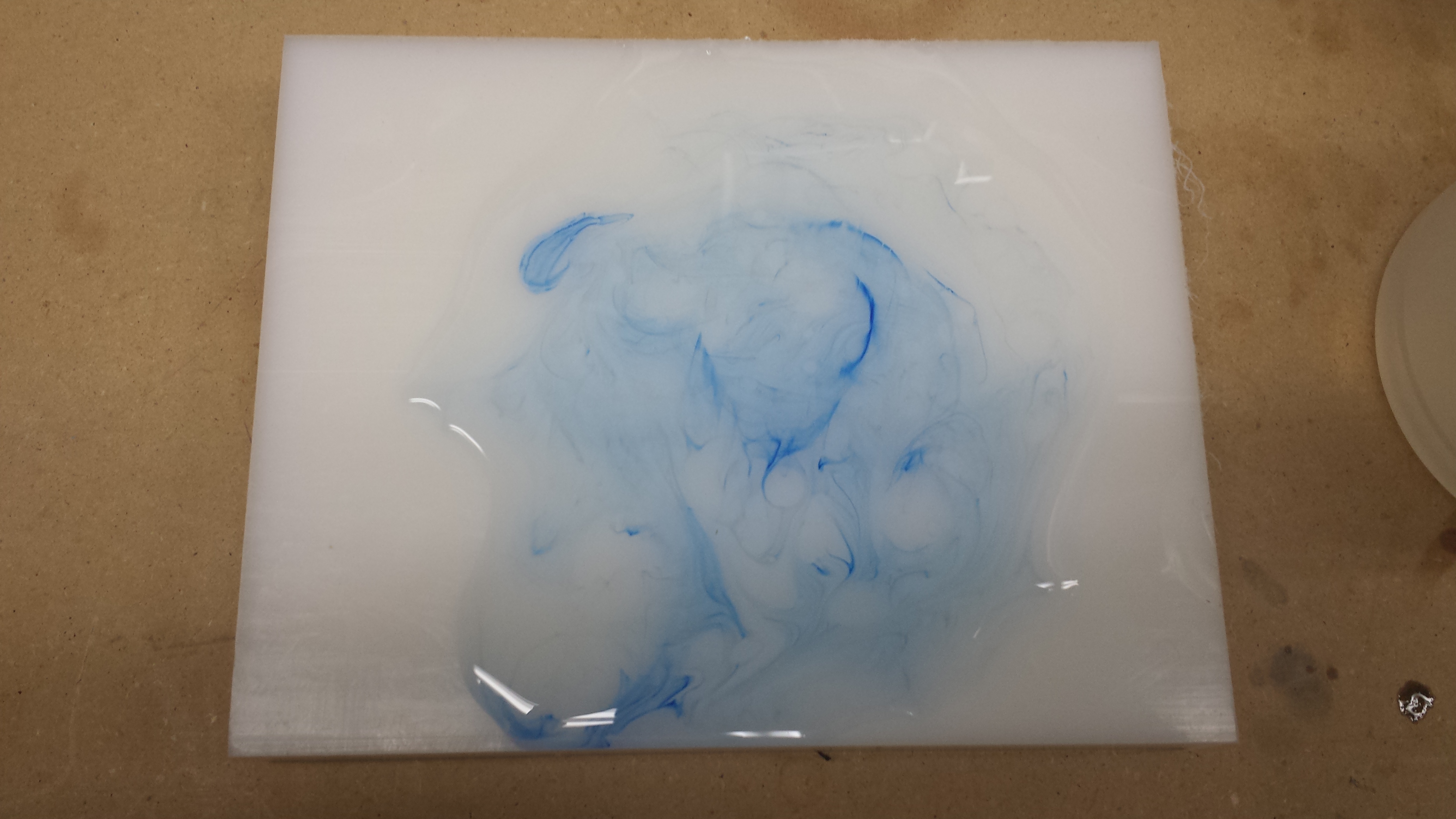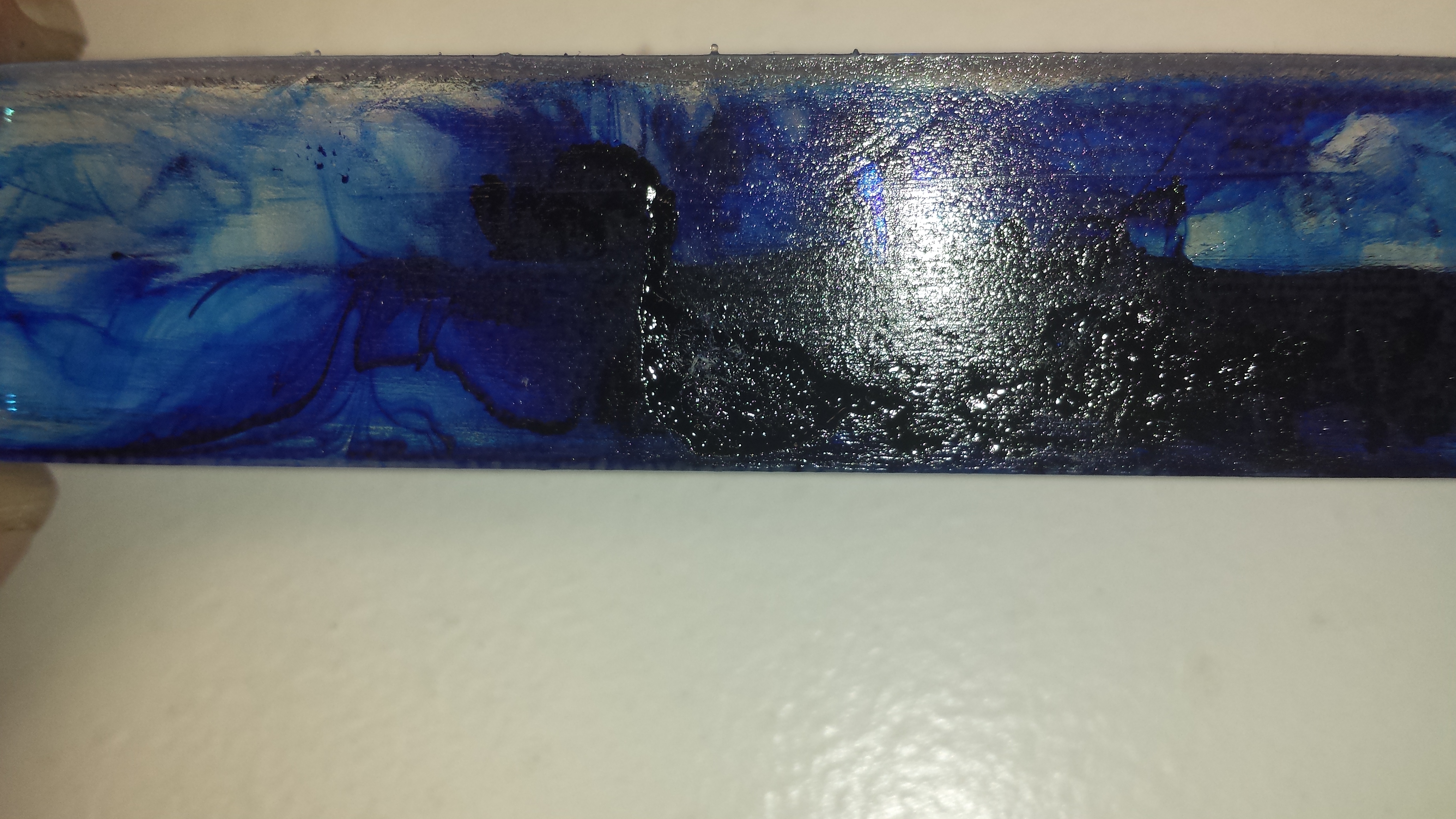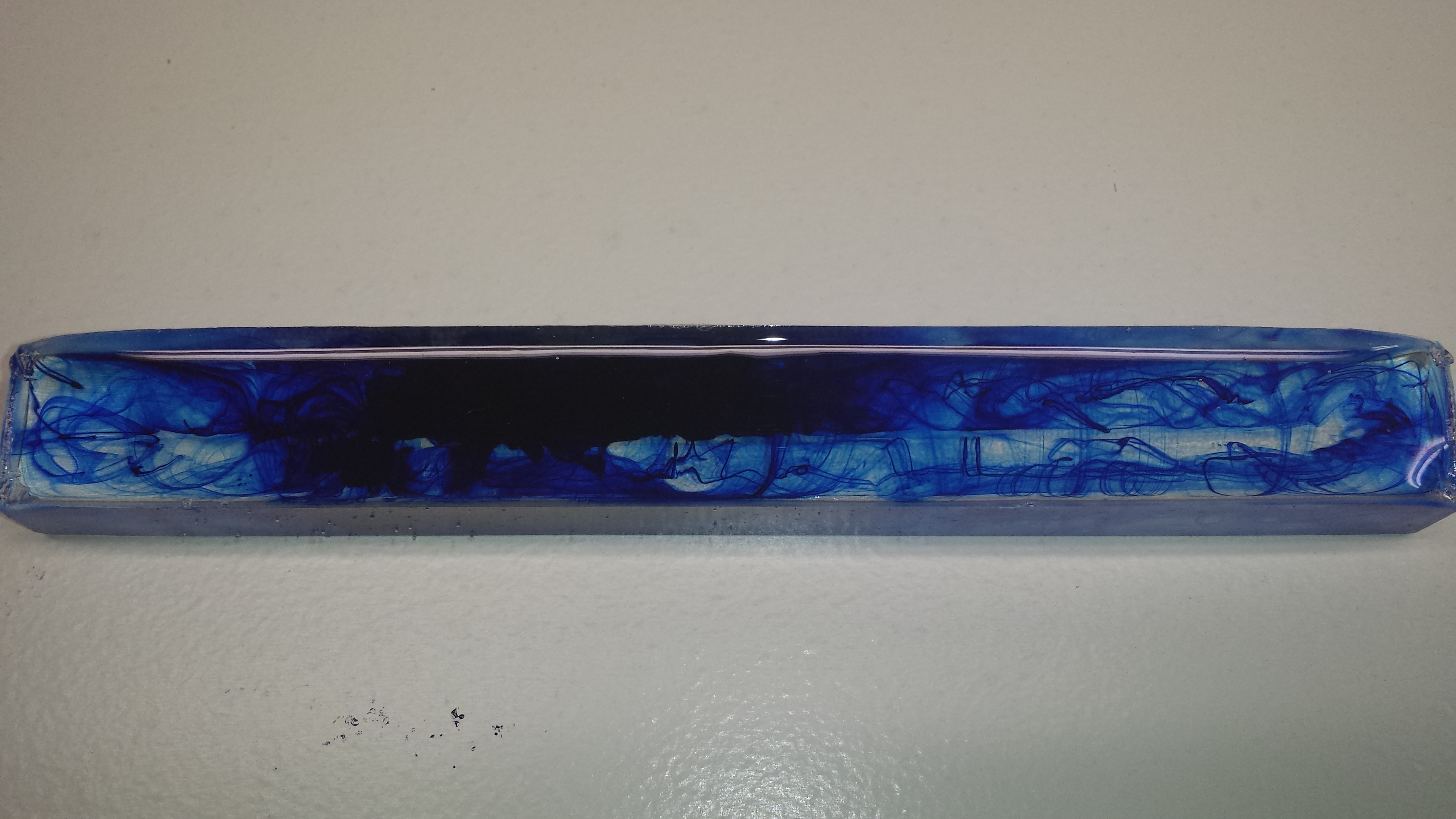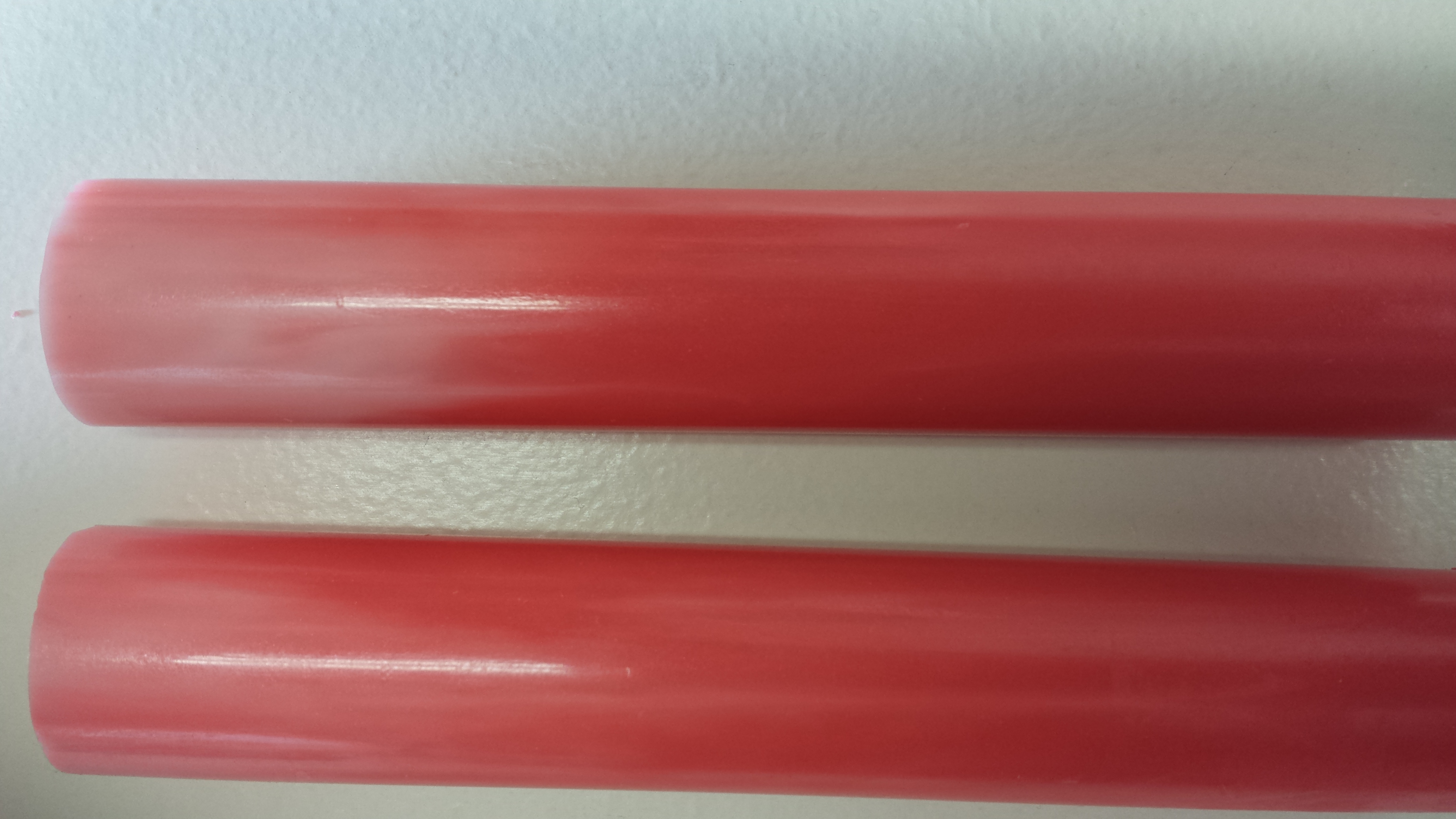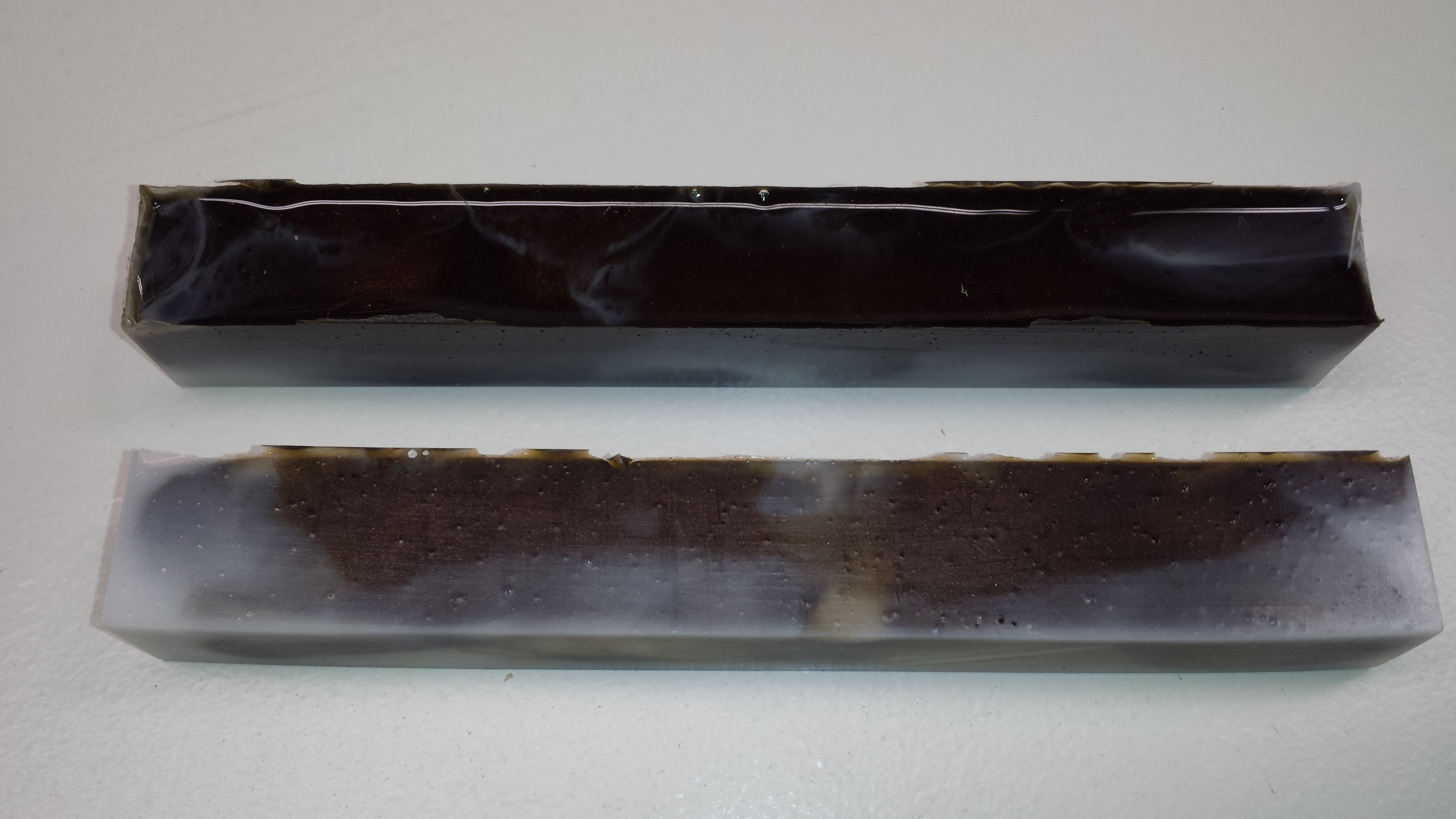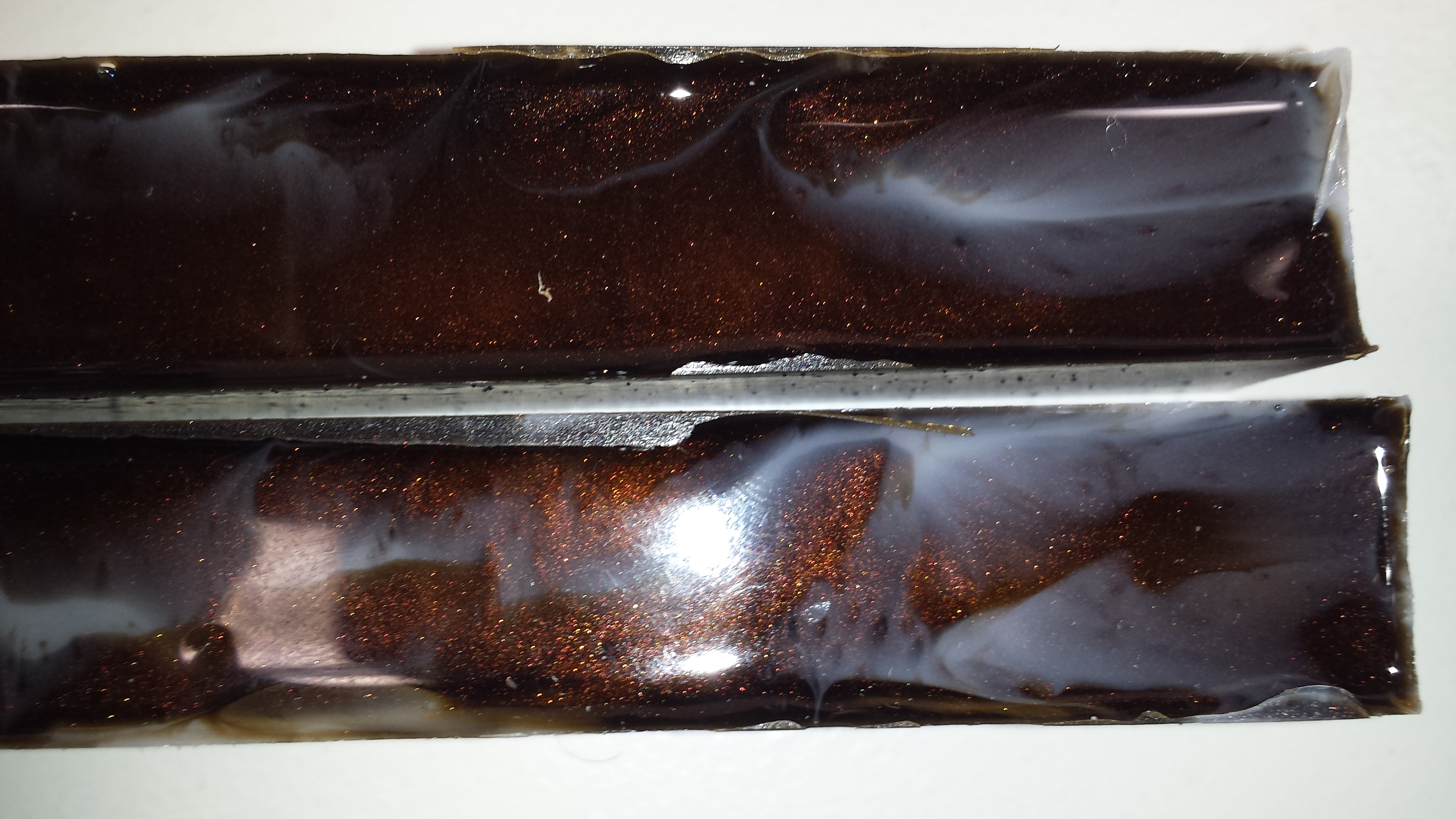I’ve been watching some YouTube this week and these are some of the tips that stood out.
- Set drill stop on drill press to just get to the end of the blank
- Let off pressure when drilling towards the end of the blank. You’ll hear it squeak towards the end.
- when gluing in pen tubes apply glue to tube and insert into end of blank that isn’t the center. (Cap and nib sides). Twist to spread glue pull out tube and do the same from the center band end. this way you can get better glue coverage.
- Use barrel trimmer by hand to clear glue from the tube. You can also use a file or piece of all-thread. When the glue is cleaned out your bushings should fit easily if they fit into the tube. If your tube is the same size as the mandrel, it should fit smoothly on the mandrel.
- try a 1/3 approach to shaping your pen. 1/3 of the distance from center band towards nib shape to maximum width. 2/3 from nib towards center band increase diameter to peak.
- Mount blank with nib end towards headstock.
- Nothing wrong with using a scraper or scraping cut to finish a blank to size.
- Buff axially to remove sanding scratches.
